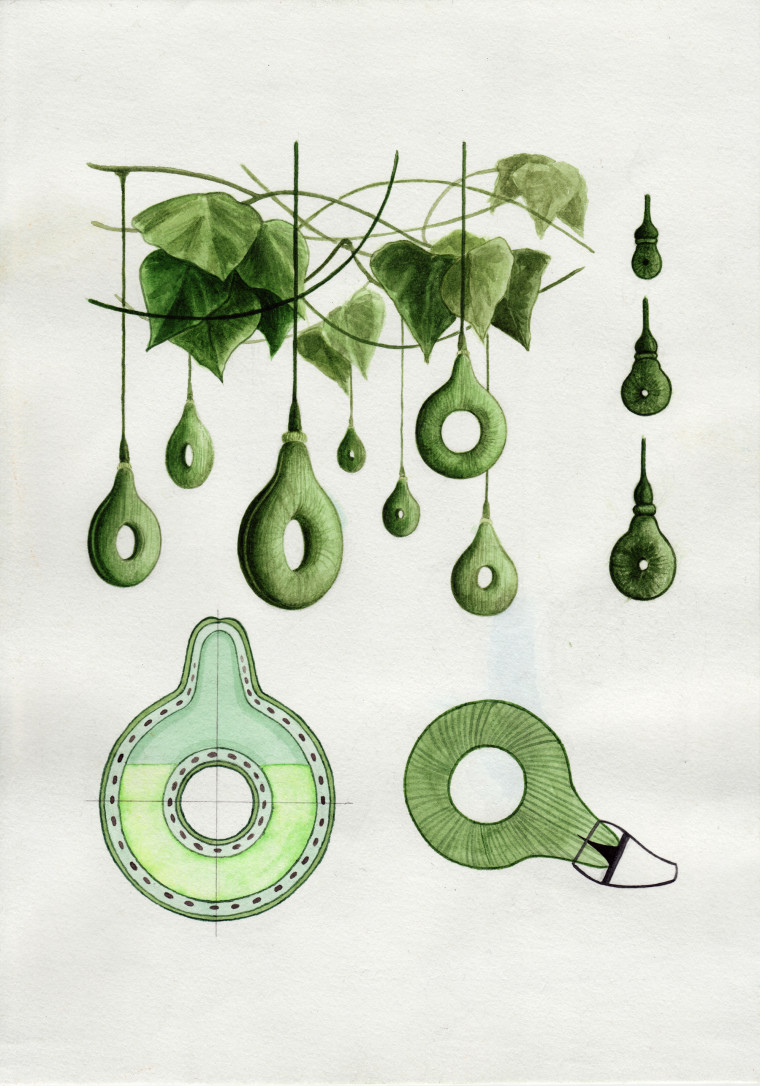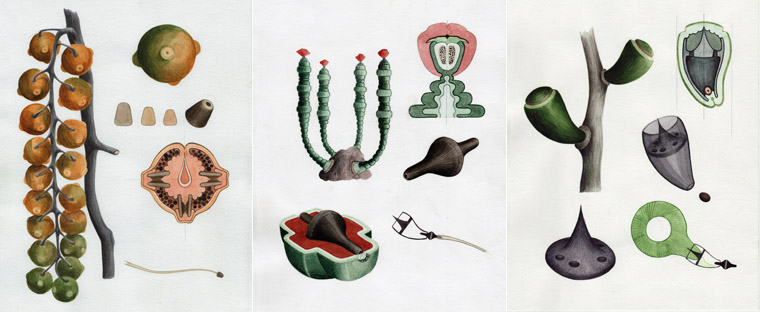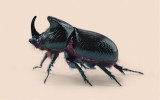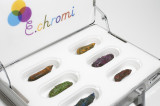To design a future garden tool
Growth Assembly

Alexandra Daisy Ginsberg, Sascha Pohflepp
After the cost of energy had made global shipping of raw materials and packaged goods unimaginable, only the rich could afford traditional, mass-produced commodities. Synthetic biology enabled us to harness our natural environment for the production of things. Coded into the DNA of a plant, product parts grow within the supporting system of the plant‘s structure. When fully developed, they are stripped like a walnut from its shell, ready for assembly. Shops have evolved into factory farms as licensed products are grown where sold. Large items take time to grow and are more expensive, while small ones are more affordable. The postal service delivers lightweight seed packets for domestic manufacturers.

‘Growth Assembly’ proposes to grow parts of a herbicide sprayer on different plants, which can then be assembled into a final product once harvested.
Using biology for the production of consumer goods has reversed the idea of industrial standards, introducing diversity and softness into a realm that once was dominated by heavy manufacturing.
‘Growth Assembly’ proposes to grow parts of a herbicide sprayer on different plants, which can then be assembled into a final product once harvested. The herbicide sprayer becomes an essential commodity to protect these delicately engineered horticultural machines from an older nature.


